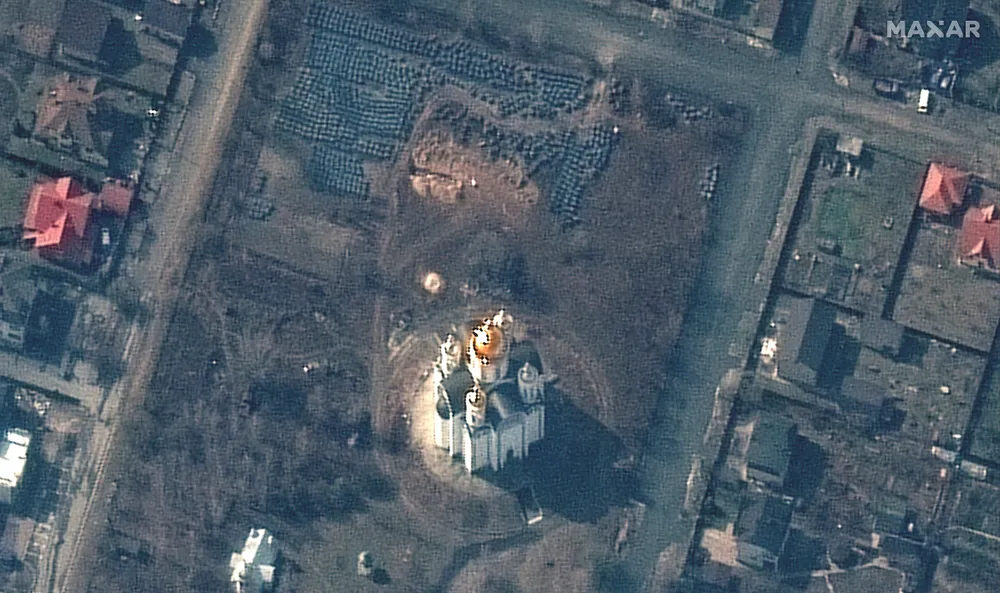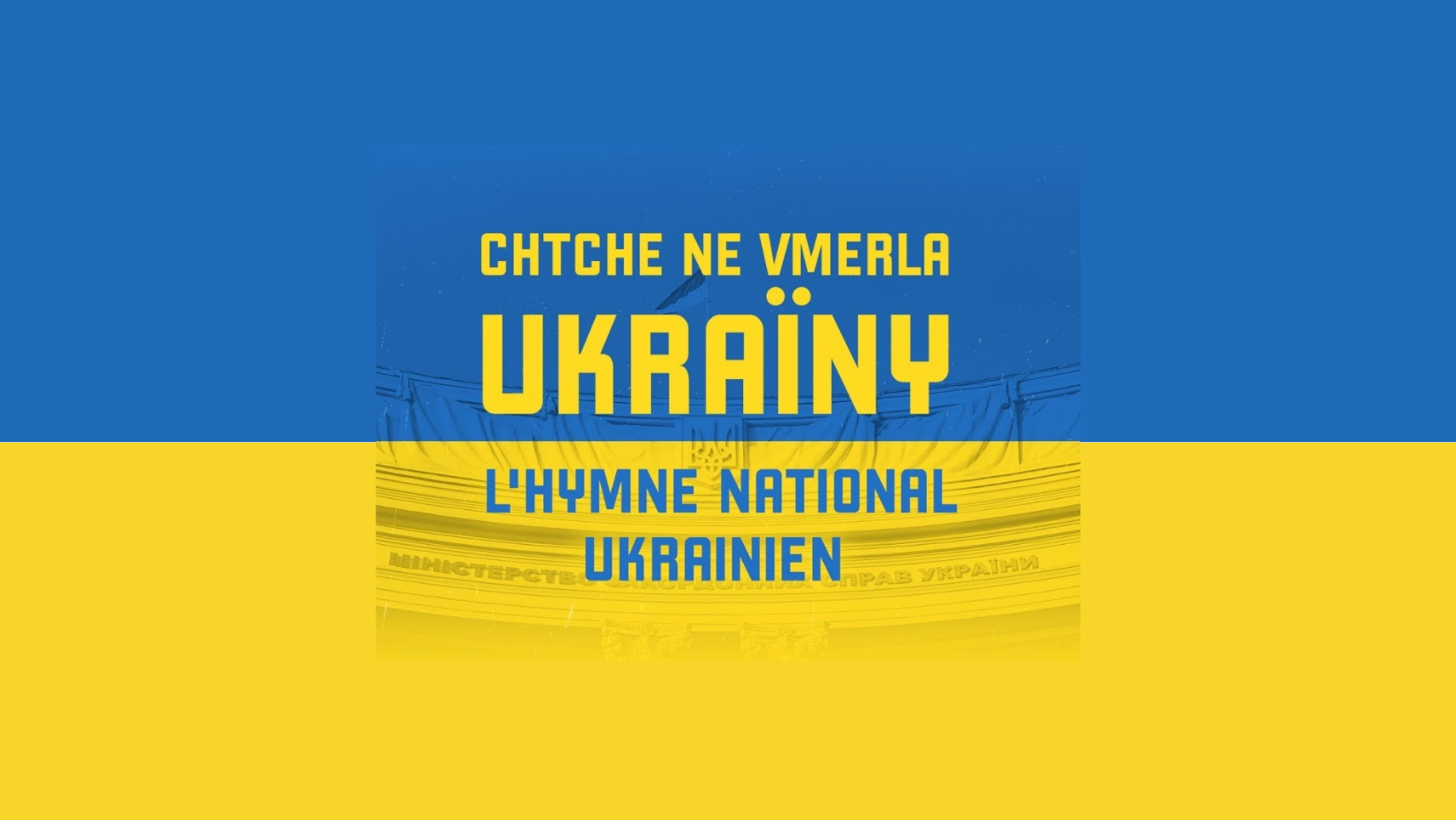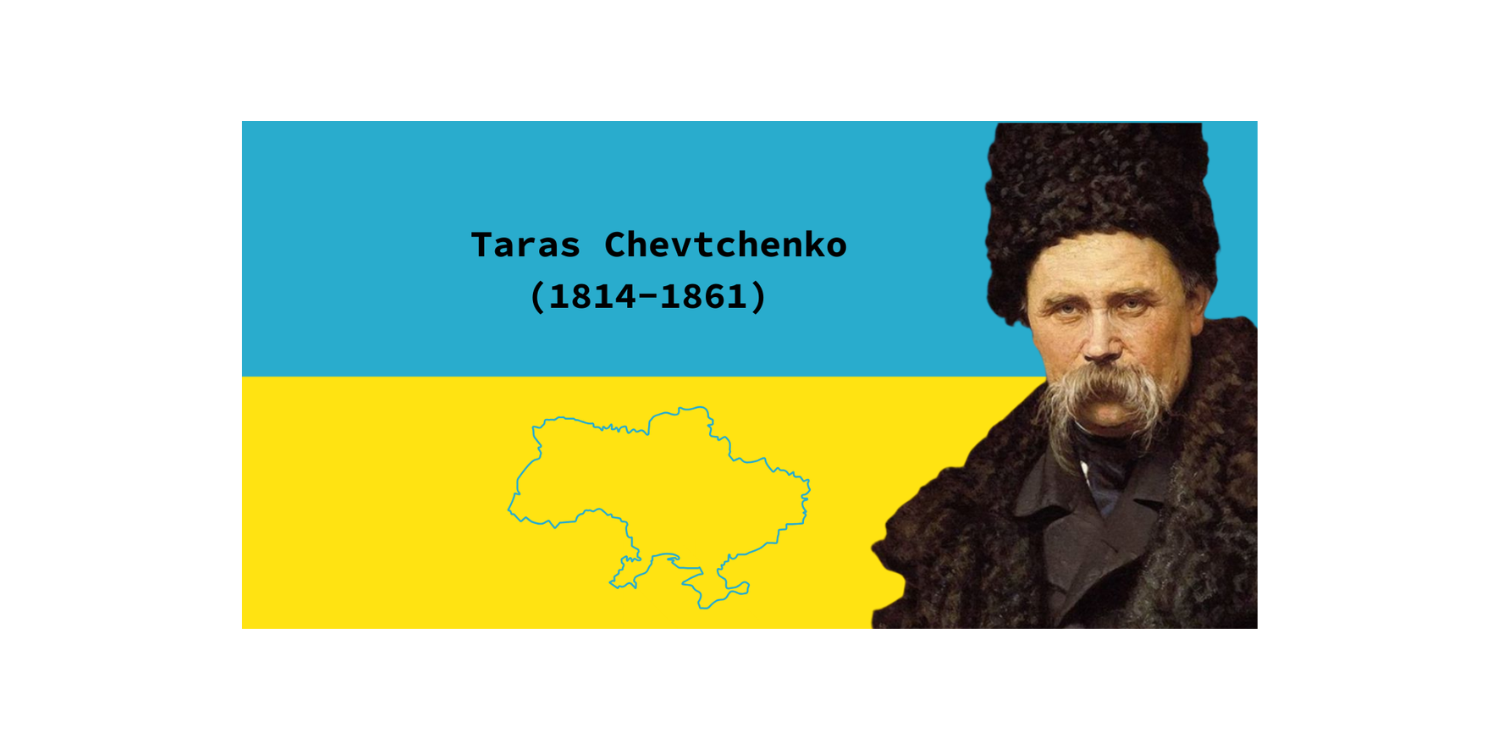12 March, 2025
It was thanks to satellite images that the first mass grave of civilians was identified near St. Andrew’s Church, just a few kilometers from Kyiv.
It would take another two weeks, after the withdrawal of Russian troops, for the full scale of the massacre to come to light.
Eyewitness accounts revealed the unspeakable: civilians shot dead in the streets, in their cars, in their homes… bodies found with their hands and legs tied, executed.
In total, 509 civilians were killed during the occupation of Bucha.
A war crime. A crime against humanity that must be prosecuted.
Three years later, war crimes in Ukraine continue: child abductions, torture, rape, bombings of civilians…
Ukraine asks for only one thing: a just and lasting
Learn more
10 March, 2025
Today, March 10, marks Ukrainian National Anthem Day, celebrating Shche ne vmerla Ukrainy (Ukraine Has Not Yet Perished).
This anthem, a symbol of resilience and national identity, was first performed in 1865 in memory of the poet Taras Shevchenko, a major figure in Ukrainian culture and history.
The lyrics, a patriotic poem written by Pavlo Chubynsky, were later set to music by Mykhailo Verbytsky. Officially adopted in 1917 during Ukraine’s independence, the anthem was subsequently banned under Soviet rule before being reinstated as the national anthem following the country’s regained independence in 1991.
Its lyrics celebrate the freedom and determination of the Ukrainian people:
"Ukraine’s glory and freedom have not yet perished,Luck will still smile on us, young brothers.Our ene...
Learn more
10 March, 2025
Born 211 years ago, Taras Shevchenko (March 9, 1814 – March 10, 1861) remains an iconic figure of Ukraine and a symbol of resistance against Russian oppression.
A poet, painter, and humanist, he gave the Ukrainian language its first literary masterpiece: Kobzar, a collection of poems that became a cornerstone of national identity.
Born into a family of serf peasants, Shevchenko dedicated his life to fighting injustice and serfdom. His commitment to social equality led to his arrest and exile in the Russian military, with Tsar Nicholas I forbidding him from writing and painting. Yet, he never stopped creating—writing stories and painting relentlessly. Freed in 1857, he remained under police surveillance until his death.
His legacy has transcended time, carried forward by a nation that...
Learn more


